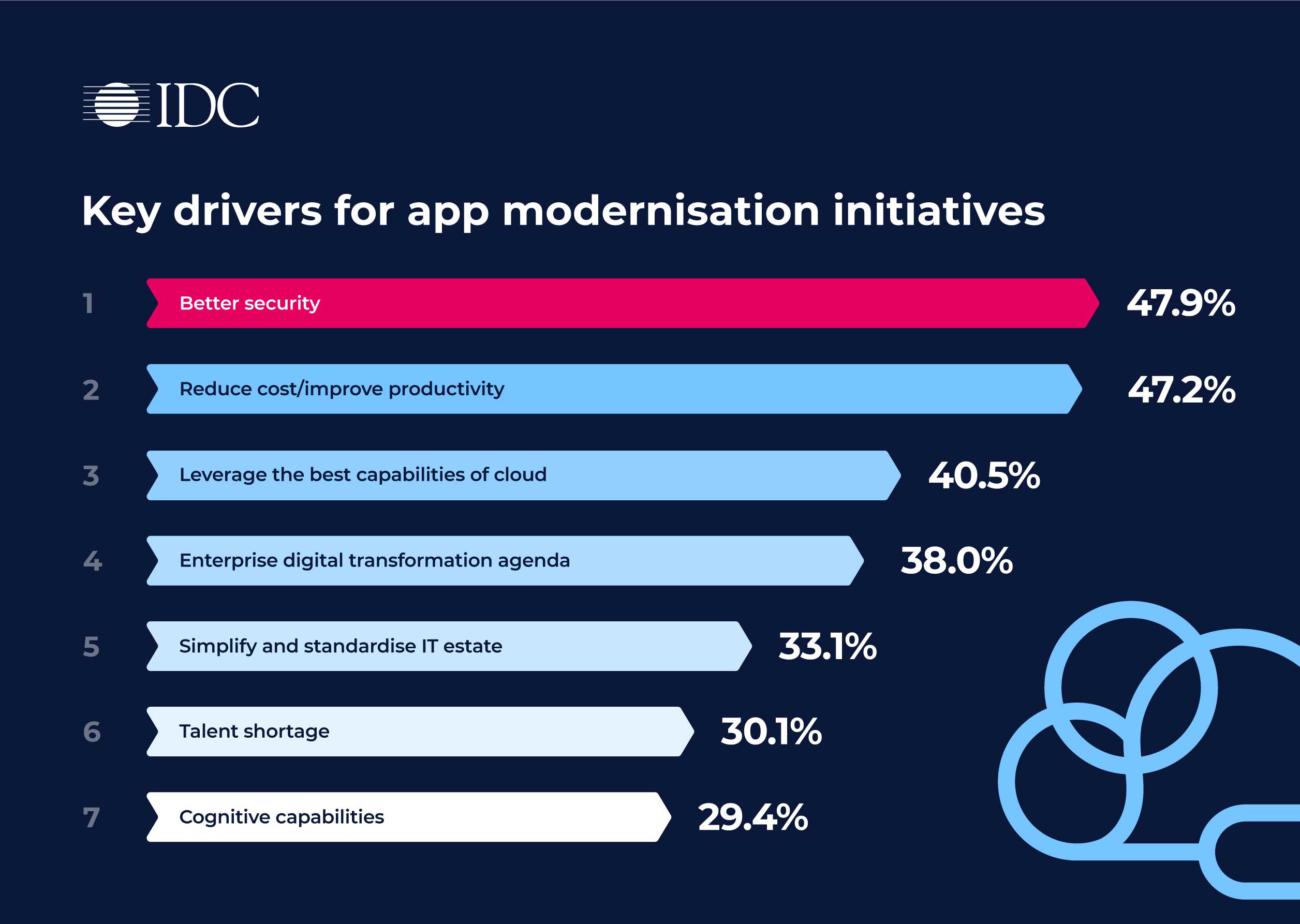Do you have a question? Want to learn more about our products and solutions, the latest career opportunities, or our events? We're here to help. Get in touch with us.
Do you have a question? Want to learn more about our products and solutions, the latest career opportunities, or our events? We're here to help. Get in touch with us.
We've received your message. One of our experts will be in touch with you soon.

Businesses are constantly looking to gain a competitive advantage and find new ways to delight their customers. For many, the benefits of migrating to the cloud can give them the edge they need.
The ongoing pandemic forced many companies to revisit the basic rules and processes we all live by to see if they still work during lockdown. For many, the answer was ‘no’, leading many to accelerate their digital transformation. As Datacom’s chief information officer (CIO), Karl Wright, says, projects that had been on the back burner for years suddenly became essential and were enacted overnight.
But, a project that only addresses the front-of-house technology environment runs the risk of missing the point.
“It’s not good enough to have a good front-end anymore because you need to deliver on customer expectations”, says Linus Lai, vice president of IT services, IDC. “You need to look at the back office and supply chain, and how to operate in real time and be integrated”.
Businesses may have digitalised their products or services but will find they are still not meeting the demands of their customers because their back-office processes are disconnected and slow. COVID-19 has made this a make-or-break proposition for a lot of companies around the world.
Traditionally, the drivers for businesses to modernise applications include the need for better security of data and the increasing cost involved with managing legacy systems. This is doubly so in 2021 with a seemingly ever-increasing number of cybersecurity breaches involving customer data. IDC research suggests that almost half of respondents across Australia and New Zealand say the number one driver for app modernisation projects is to provide better security.

If reducing the risk is the key driver for digital transformation projects, it’s only one of the major benefits such projects bring.
It also provides an opportunity for businesses to not just modernise their legacy applications, but to access the possibilities of working in an entirely new way and realise all the benefits that come with having an agile, responsive, and continuously improving culture.
“Age is the biggest driver of modernisation, of course, but it’s so much more nuanced than that”, says Phil Barlow, chief technology officer, One Commercial Partner, Microsoft. “Look at cost to the business of maintaining that application, including the ecosystem and tooling you build up around an application. Core applications have a gravity around them and you end up building up complete bespoke snowflake capabilities around it, which has a big implication for cost”.
Cloud infrastructure also allows a business to harness innovation, make business decisions on data insights, and to continuously improve products and services. But these benefits are not all just a given.
“The key for us was focusing on the people and the relationships with our partners”, says Andy Graham, group head of innovation & technology, SG Fleet. “We interview our partner companies in the same way we would interview a prospective new employee because it’s that important.
“We approached it like a change process rather than a project and have completely revolutionised how we operate the business.
“We went from an organisation that was inflexible, had a lot of legacy architecture, was slow to change, expensive to maintain, and had lots of support issues day-to-day, to an organisation that was flexible and able to adapt quickly to changing circumstances.”
The impact of driving change resulted in a huge shift towards building a culture of continuous improvement says Dan Wilkinson, chief technology officer, Fidelity Life.
“We saw a difference in the business very quickly because there was a buzz about improving how we did things. We have seen a shift in people’s beliefs at work about what we do – our customers are more satisfied and so our employees have developed a belief in our abilities, and there is an excitement at work, which happened very quickly”, says Dan.
The future of digital innovation right now is not just getting visibility of data but having the capability to take advantage of those customer insights and build new applications based on that data.
“The ability of organisations to build new applications based on their data, is going to be the competitive advantage of the future”, says Linus. “IDC calls it the future of digital innovation”.
But the key component isn’t technology, says Linus. It’s cultural.
“It will require the operations, IT, and developers to come together to build new applications based on the visibility and manipulation of the data the cloud has provided. This will ultimately enable software-defined infrastructure, automated operations, and modernisation of legacy”.
Hear more from Linus, Phil, Andy, and Dan by watching our latest #RightCloud Conversations: App modernisation – The 2021 trends and strategies to watch.